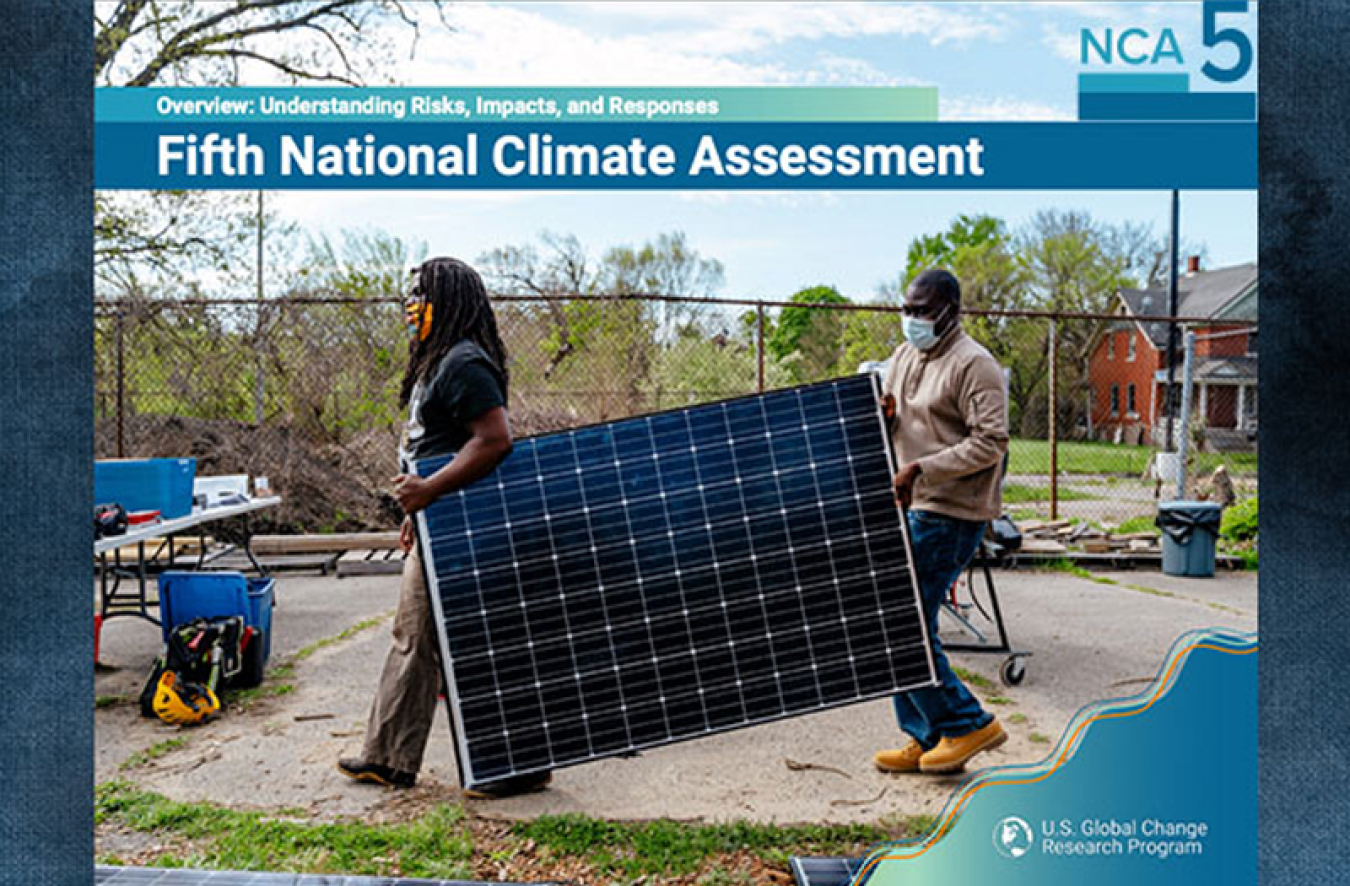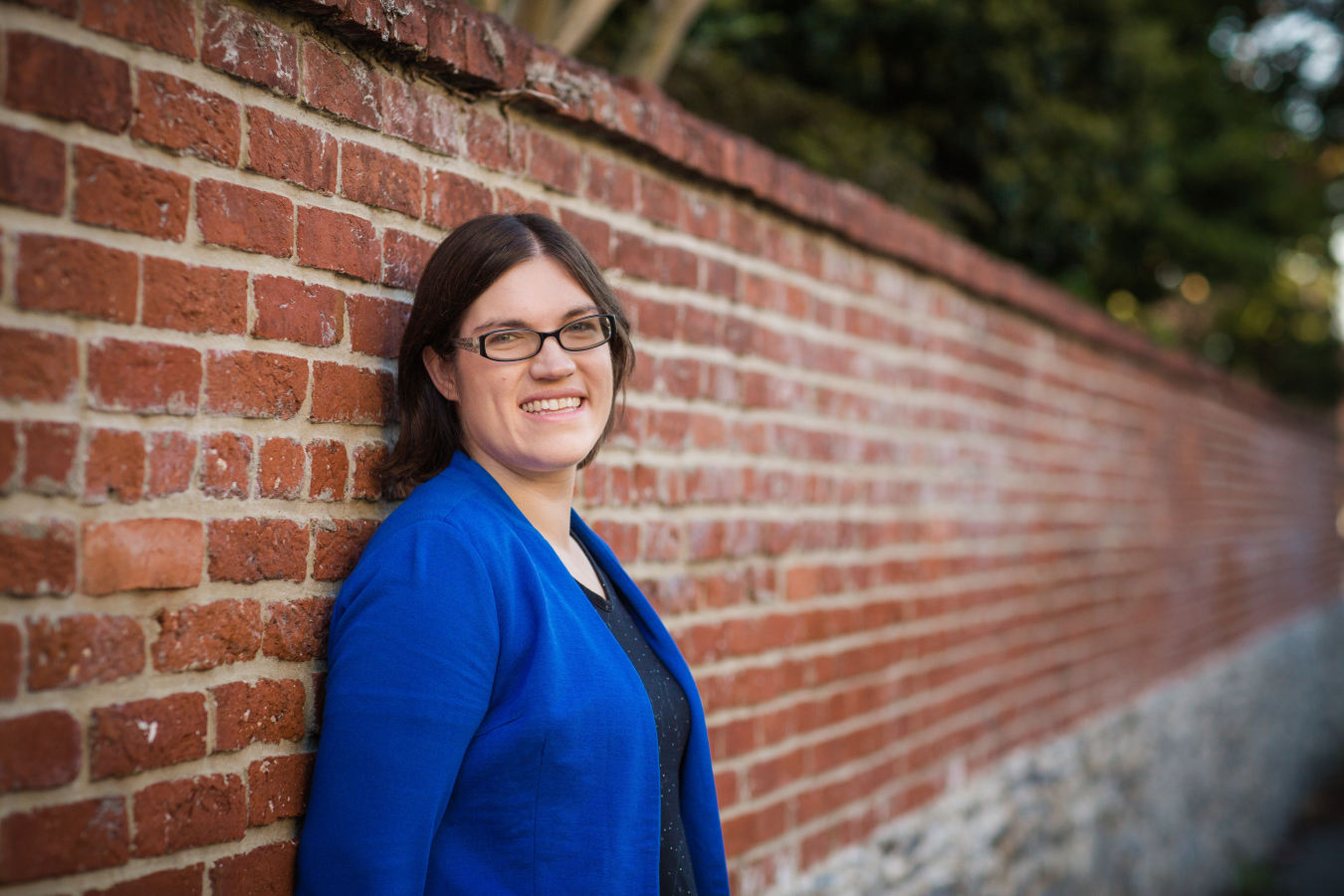Office of Science Director Berhe and national laboratory scientists discuss what the NCA5 is and its importance.
January 25, 2024
Climate change is already here. It’s here in the warming experienced across the globe, as well as storms and other extreme weather that are posing increased risks to people around the U.S. It’s in the hotter summers and flooding that are devastating communities. It’s especially hitting communities that been historically marginalized, resulting in worsening of social inequities.
But the U.S. is taking ambitious action to reduce future impacts. In fact, climate action provides us with the opportunity to create a more resilient and just nation.
Fortunately, we already have many of the strategies we need to substantially reduce emissions. From renewable energy to energy efficiency technologies supported by the Department of Energy (DOE), people can save money and produce fewer emissions. However, we need additional options to reach net zero emissions by 2050. DOE's Energy Earthshots are making those options a reality.
We can also use climate science to help people make their own communities more resilient. DOE Office of Science’s urban integrated field laboratories bring together scientists and community members to inform local climate and energy solutions.
The Fifth National Climate Assessment provides an overview of these issues and more. It equips Americans with the best available science and understanding of climate change impacts in the United States. Released by the U.S. Global Change Research Program, the NCA5 is the work of more than 500 authors, including those from the DOE and our national labs.
DOE Office of Science Director Asmeret Asefaw Berhe described the context of the report and DOE’s role in it.
Many of the DOE scientists who contributed to the NCA5 shared about how their area of research contributes to a better understanding of climate now and in the future.
Christa Brelsford from DOE’s Oak Ridge National Laboratory explained why complex systems are important to understand in terms of climate change.
Rebecca Efroymson from DOE’s Oak Ridge National Laboratory explained how our understanding of the relationship between energy and climate change has evolved over time and how that can inform our future.
Nathalie Voisin from DOE’s Pacific Northwest National Laboratory discussed how issues around how climate change affect energy systems and how transitioning our energy systems can reduce the impacts of climate change.
Ruby Leung from DOE’s Pacific Northwest National Laboratory talked about how she and other researchers make projections about climate change and its effects, including on extreme weather.
Zarrar Khan from DOE’s Pacific Northwest National Laboratory described how projections of future electricity use can help us understand climate change.
John Field from DOE’s Oak Ridge National Laboratory described how land use will change as America reduces its greenhouse gas emissions.
Shannon Brescher Shea

Shannon Brescher Shea ([email protected]) is the social media manager and senior writer/editor in the Office of Science’s Office of Communications and Public Affairs. She writes and curates content for the Office of Science’s Twitter and LinkedIn accounts as well as contributes to the Department of Energy’s overall social media accounts. In addition, she writes and edits feature stories covering the Office of Science’s discovery research and manages the Science Public Outreach Community (SPOC). Previously, she was a communications specialist in the Vehicle Technologies Office in the Office of Energy Efficiency and Renewable Energy. She began at the Energy Department in 2008 as a Presidential Management Fellow. In her free time, she enjoys bicycling, gardening, writing, volunteering, and parenting two awesome kids.

